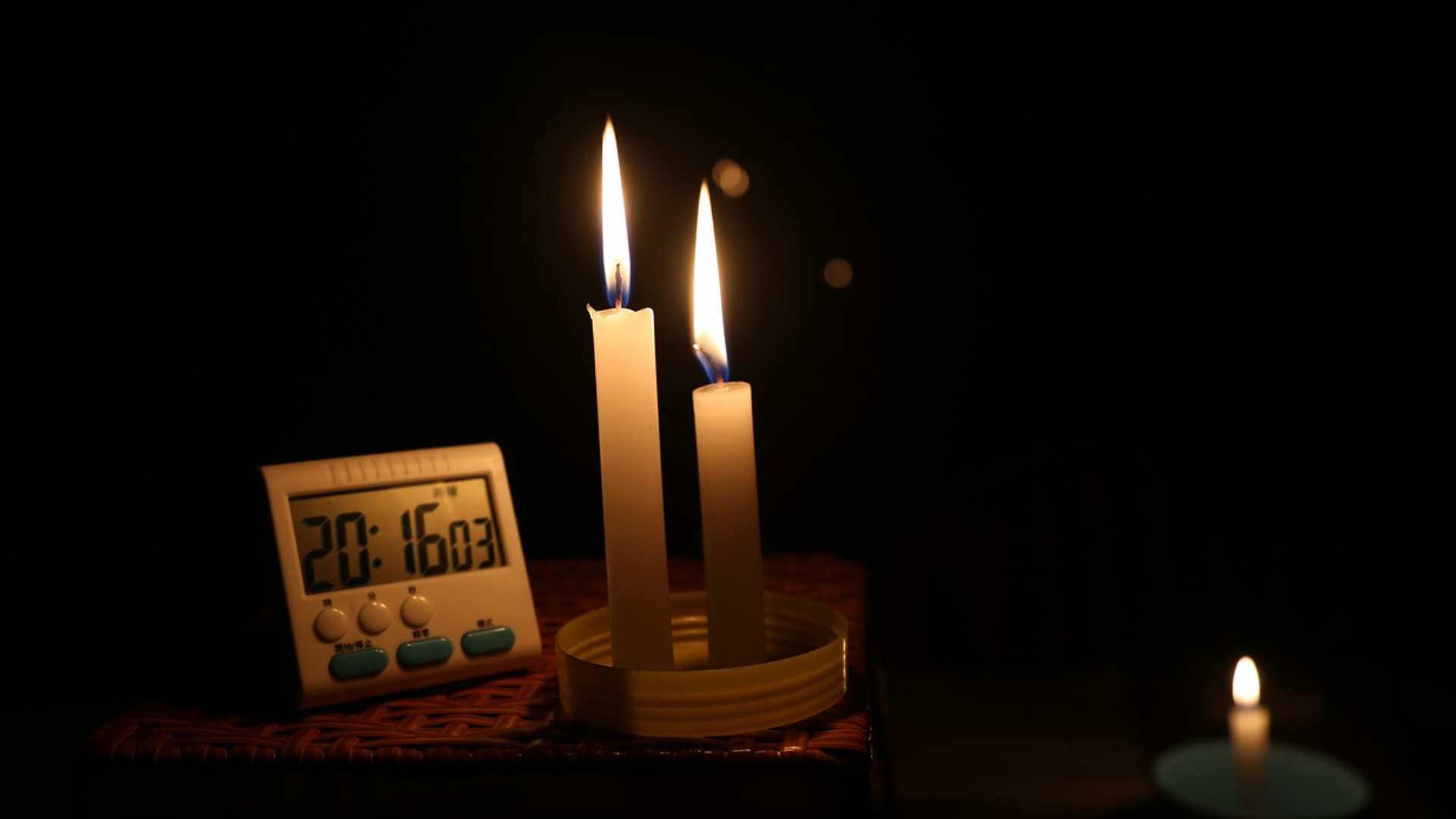- The Eskom CEO has said that power outages in South Africa should be cut back soon.
- This comes as the country is facing its worst-ever power crisis, including over 2 000 hours of loadshedding this year so far.
- De Ruyter also said that it will take 18 to 24 months for loadshedding to ease in the longer term.
Andre de Ruyter, CEO of South Africa’s embattled energy utility Eskom, has said that the rotational power cuts plaguing the country should be cut back in the next 10 days.
This is due to the utility expecting “big generation units” to return online soon, Bloomberg reports. It is worth noting that De Ruyter has made similar statements in the past, only for loadshedding to worsen.
Yesterday evening Eskom said it was forced to increase loadshedding in the country to Stage 4 as a generation unit at each of the Kendal and Lethabo power stations tripped around 18:00.
Eskom said that this stage of blackouts, effectively six hours of power cuts daily, would continue “until further notice.” Thus lengthening the country’s single longest streak of power cuts.
(1/2) A generation unit each at Kendal and Lethabo power stations have just tripped. This necessitates the immediate escalation of loadshedding to Stage 4 at 18:00.
— Eskom Hld SOC Ltd (@Eskom_SA) October 4, 2022
South Africa is currently embroiled in its worst-ever power crisis. 2022 has marked the year with the most hours lost to outages from Eskom. According to the popular loadshedding tracking app EskomSePush, South Africa has had over 2 008 hours of loadshedding this year so far. This amounts to 84 days without electricity.
This is almost double the amount in 2021, which only had 1 153 hours of loadshedding.
In response to the crisis, South Africa’s government is scrambling to procure more energy for the country’s ailing power grid.
“We are doing everything possible to add megawatts to the grid,” De Ruyter told Johannesburg’s Radio Sonder Grense. He added that Eskom has started purchasing additional power from neighbouring African countries like Zambia and is looking to Mozambique and the private sector to bolster the grid.
Eskom is also expecting the addition of 6 000 megawatts from private renewable projects, currently in the pipeline. However, despite the urgency of the crisis, De Ruyter said that it would probably take another 18 to 24 months for this capacity to come online and start easing the country’s energy burden in a longer-term form.
In the interim South Africans will just have to wait and deal with the power cuts even amid an early spring heat wave being experienced in some parts of the country.
[Image – CC 0 Pixabay]

